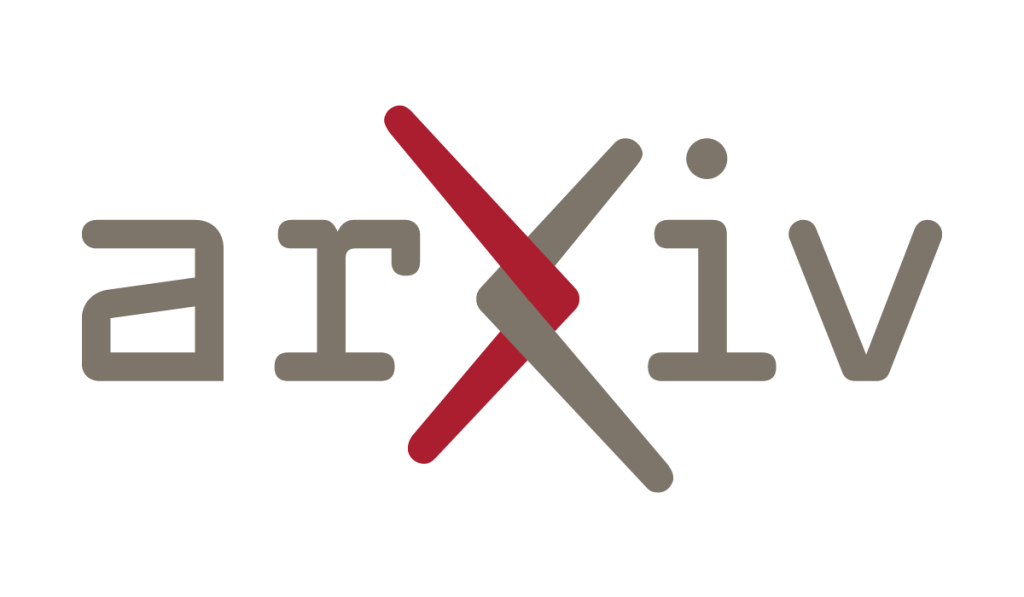arXiv:2504.16622v1 Announce Type: new
Abstract: Autonomous AI systems reveal foundational limitations in deterministic, human-authored computing architectures. This paper presents Cognitive Silicon: a hypothetical full-stack architectural framework projected toward 2035, exploring a possible trajectory for cognitive computing system design. The proposed architecture would integrate symbolic scaffolding, governed memory, runtime moral coherence, and alignment-aware execution across silicon-to-semantics layers. Our design grammar has emerged from dialectical co-design with LLMs under asymmetric epistemic conditions–creating structured friction to expose blind spots and trade-offs. The envisioned framework would establish mortality as a natural consequence of physical constraints, non-copyable tacit knowledge, and non-cloneable identity keys as cognitive-embodiment primitives. Core tensions (trust/agency, scaffolding/emergence, execution/governance) would function as central architectural pressures rather than edge cases. The architecture theoretically converges with the Free Energy Principle, potentially offering a formal account of how cognitive systems could maintain identity through prediction error minimization across physical and computational boundaries. The resulting framework aims to deliver a morally tractable cognitive infrastructure that could maintain human-alignment through irreversible hardware constraints and identity-bound epistemic mechanisms resistant to replication or subversion.
Source link

